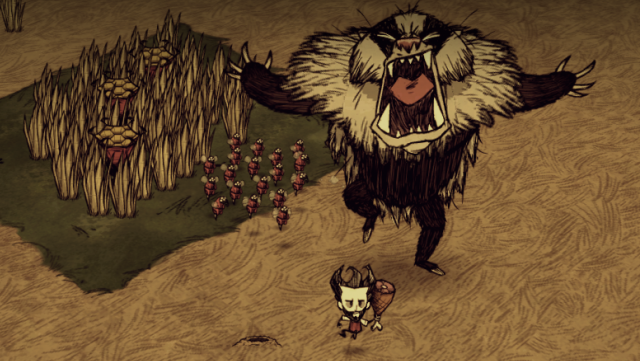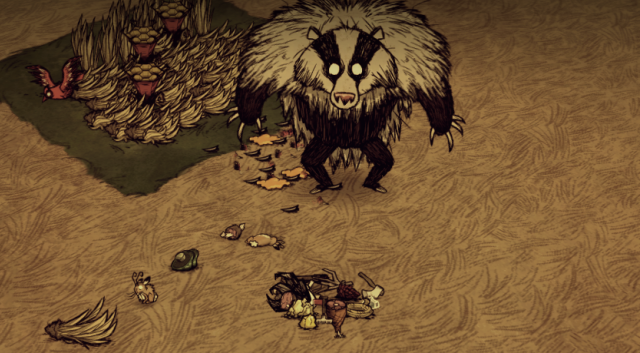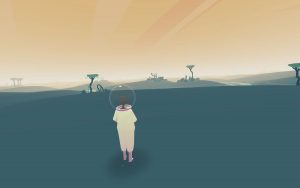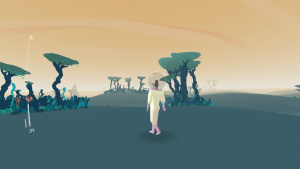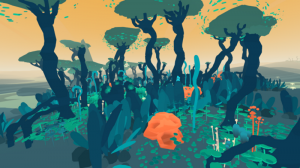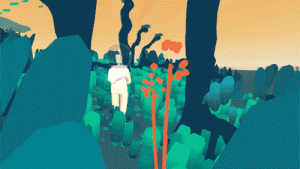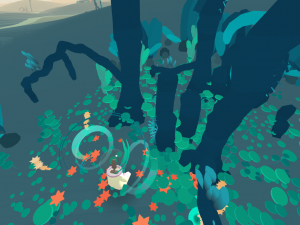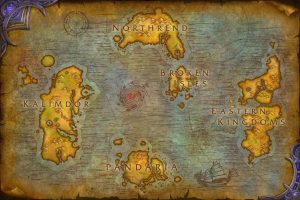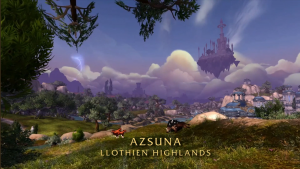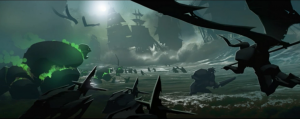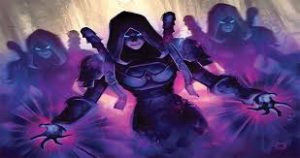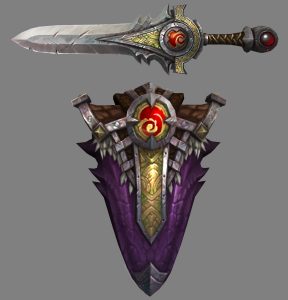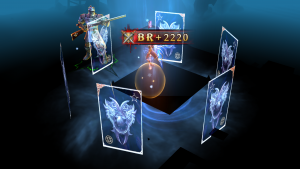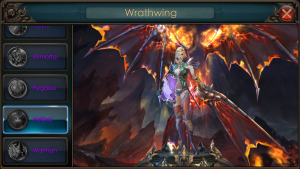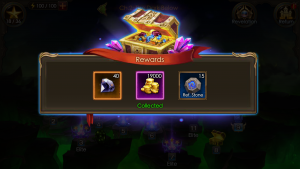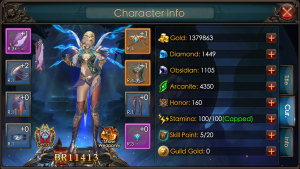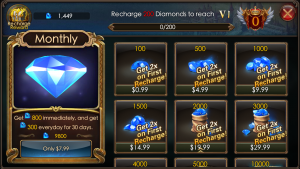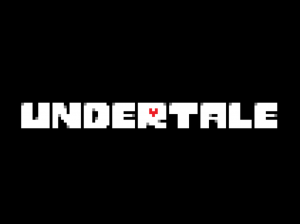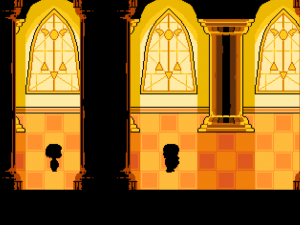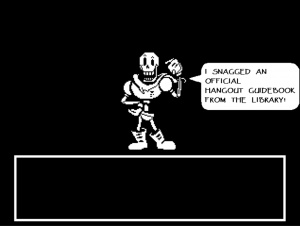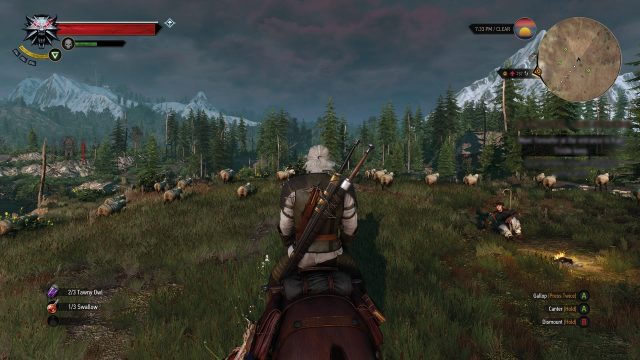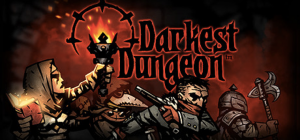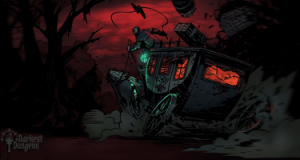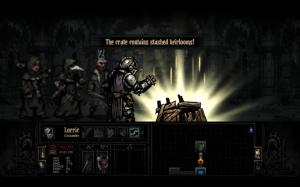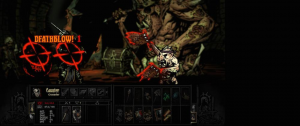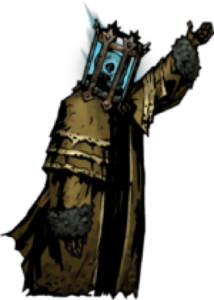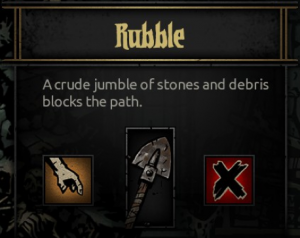
Gameplay: https://www.youtube.com/watch?v=RWKUAX9n0Fs
Wikipedia: https://en.wikipedia.org/wiki/Fallout:_New_Vegas
Introduction
Fallout: New Vegas is a post-apocalyptic role-playing game developed by Obsidian Entertainment that is released in 2010. The game centres on the events years after a nuclear fallout between countries over natural resources. The player starts off as a Courier who was tasked to deliver a package, but was, unfortunately, attacked by a group of raiders. Surviving from the fatal attack, the Courier sets off to find his assailants to recover the package that was stolen from him.
The Elemental Tetrad
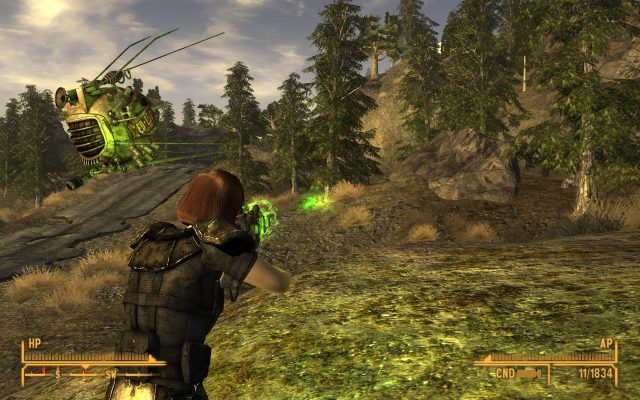
Aesthetics: Set in an alternative reality where it is commonly referred to, in the 1950s, “the world of tomorrow”, the game was designed to portray the future of that era, where advanced technologies such as lasers and robots are invented. It is a world that focuses a lot on scientific advancements. This provides us a getaway from our everyday lives, making the game much more intriguing. The sound used in the game complemented with its theme, giving players a much more immersive gaming experience.
Story: The game talks about a world, ravaged by a nuclear fallout, and its survivors, either vying for power or simply finding a place of solace. It shows us numerous issues that are present in the real world, with some being very relatable. It allows you create your own adventure, where it puts you into situations that forces you to make decisions that deals with morality, leading to different endings. Often, one finds himself in similar positions, hence invoking feelings and thoughts without having to face the consequences in real life.
Mechanics: As the game can be played in both First- and Third-person, it follows the convention, where WASD keys are for movement and left-clicking allows the use of an equipped weapon. The game has also included interactions with other game objects by pressing E to interact with them. This action can either be crafting or picking up objects.
Technology: The game is released for consoles and PC as it require certain tools in order to play the game well. These tools, such as mouse and keyboard, enable a player to do more with the game, hence creating a better gaming experience.
Lens of Meaningful Choices
The game contains choices that affects its main storyline. Often, the player have to support factions that are hostile towards each other, or making choices that alter the player’s karma, which affects the ending. Each option has its own pros and cons that indirectly impacts a player’s gaming experience.
An example is the quest “You Can Depend On Me”, given by the leader of a faction known as the Crimson Caravan. It tasks the player with necessary and optional objectives. Among them, the player has to steal a manufacturing specification from the Gun Runners, an organisation that produces superior weaponry. Its completion provides a wider variety of weapons from the Crimson Caravan shop, but it is accompanied with bad karma. However, this is optional – not doing it will not have any negative repercussions, though the player will not get access to better weapons. Such choices force players to make their choices wisely.
Lens of Character Traits
As it is a role-playing game, it gives the player the liberty to choose the attributes for its character. It is represented as S.P.E.C.I.A.L., where every letter is a unique attribute. These attributes will then affect its skills. Skills determine the character’s effectiveness in different situations. For example, crafting of ammunitions for a specific gun require a minimum Gun skill level, and higher levels allow the player to create deadlier ammunition for the gun.
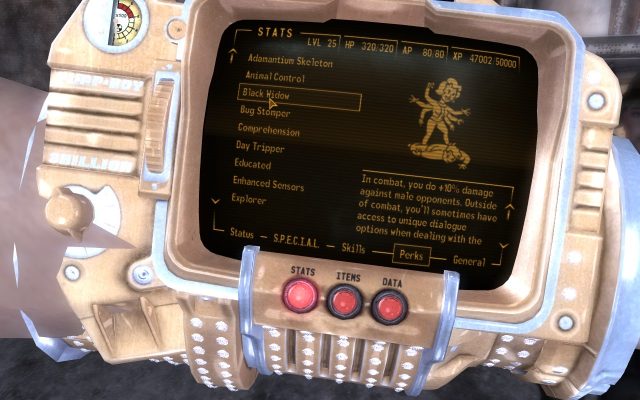
Characters can also gain perks that adds on to or enhances its capabilities. An example is the “Black Widow” perk, which can only be acquired by female characters. The main purpose of this perk is to unlock unique dialogue options with certain characters in-game. This influences the gaming experience for the player, leaving a deeper impression on the game.
Lens of Emotion
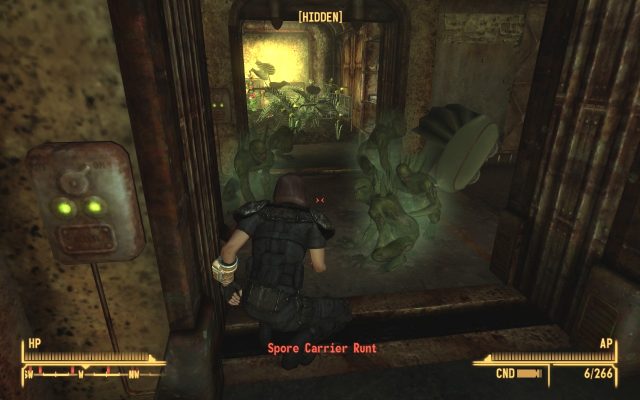
The game starts off with a phrase “War. War never changes”. It then begins to narrate the events prior to the nuclear fallout. Along with the melancholic music, one will be able to feel the gloom and despondency in such setting. During the game, there are locations that invoke similar feelings – upon entering Vault 22, there are unusually small humanoid plant mutants attacking the player. The player explores the place after killing them, but only to find a room filled with child-sized beds and toys. The developers want the players to empathise with the characters in-game, and I think they were successful in doing so.
Lens of Story Machine
The game has multiple endings that is based off the player’s actions and karma. Apart from the main storyline, there are side missions that also contributes to the ending. As the game has a lot of factions, a player can unlock its respective ending by encountering them. This allows players to customise their gaming experience – they can choose to learn more about the Mojave Wasteland, where the game is set in, or they can focus on finishing the game.
All of the endings: http://fallout.wikia.com/wiki/Fallout:_New_Vegas_endings
Lens of Challenge
As the game is vastly different from many First- and Third- person shooters, it makes it difficult for newer players, who are too used to the latter gun mechanics. Though this game was developed with the concept of survival in mind, it is sold as a shooter, which is often seen as a fast-paced, action-packed game. However, the developers added the VATS system, which is an auto-targeting system for guns. Yet it is not sufficient enough to ease the gameplay. As such, this may possibly diminish its value among the gaming community.
In conclusion, Fallout New Vegas is a game that is successful in attracting post-apocalyptic role-playing gamers, as it contrasts itself with most games today that are based on current affairs or futuristic technology. Hence its uniqueness leaves players with a memorable experience.



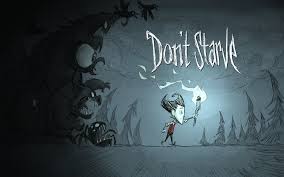
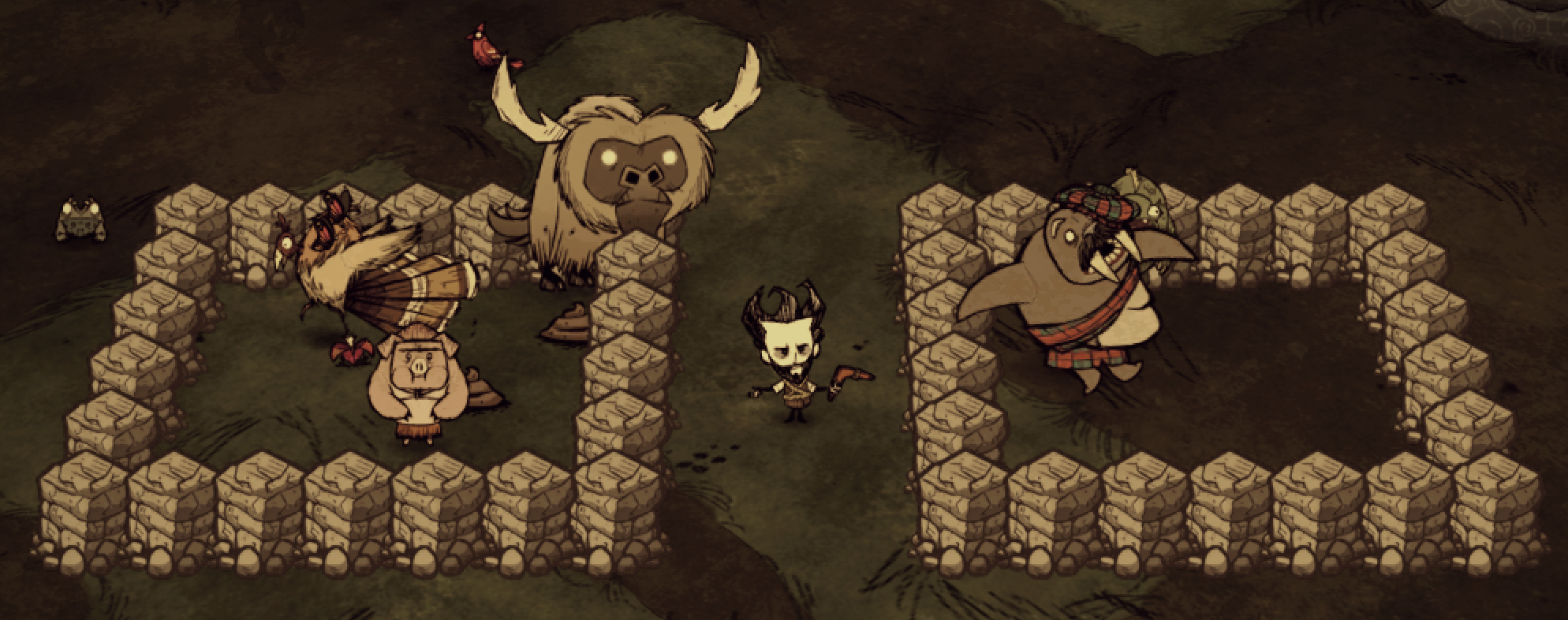
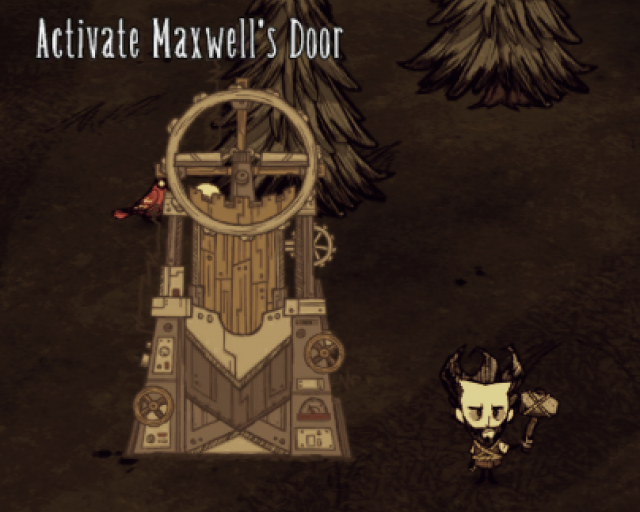
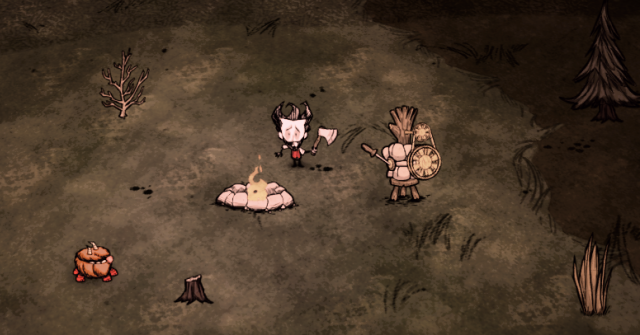
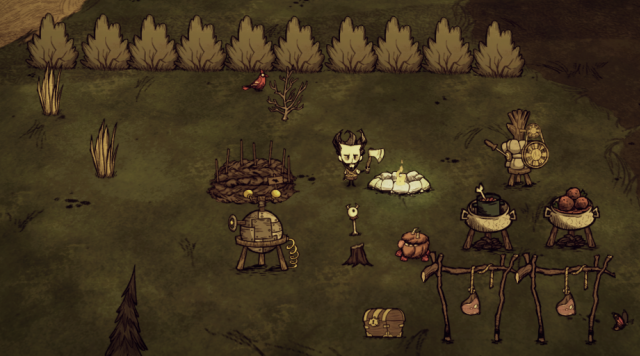
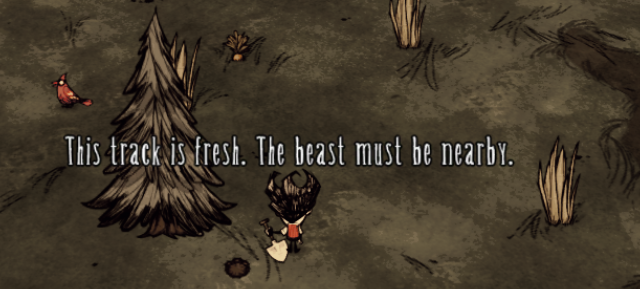
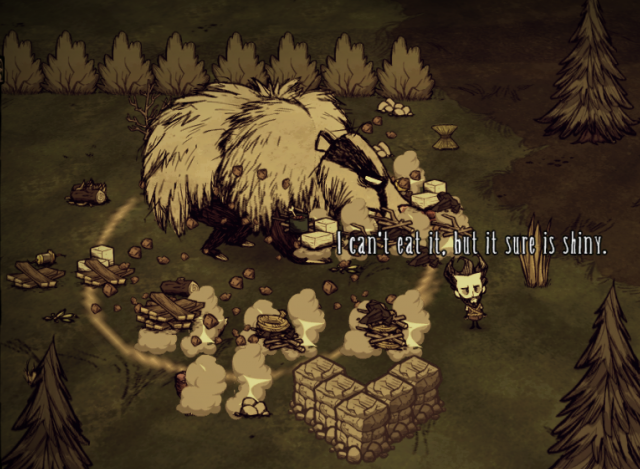 In this picture, my base just got destroyed by a Bearger.
In this picture, my base just got destroyed by a Bearger.